Introduction of Moment Frame
Important Point
The Moment Frames are the fundamentals structure which consists of two-dimensional series of interconnected members which are joined with each other.
It is very important that the structure should have a resistance to the lateral moment.
Moment frames are one of the best frames which have a strong resistance towards the lateral moment.
Here in this article, we will go through the concept of the Moment Frame and the Types of Moment Frames.
There is a huge difference between designing a Building to resist the wind and gravity forces and designing a Building to resist seismic loads.
The designing of the Building to resist the seismic loads is a little bit expensive as compared to other designs. Moment frame is one of the best options which is widely used in the construction industry to design the structure in earthquake-prone areas.
Useful Article for You
- What Is a Contour Interval
- What Is Tile
- What Is the Difference Between a Shower Pan and a Shower Base?
- What Is a Window Panel
- Type of Arch
- What Is a Frame Structure
- What Is the Measurement for a Queen Size Bed
- What Is Considered Livable Space
- What Is One Way You Can Save Electricity?
- What Is Mdf Mean
- What Is a Bundle of Shingles
- What Is a Gallon of Water Weigh
- What Is SuperelevationWhat Is Overhang
- What Is Sand Blasting
- What Is a Span Bridge
- What Is the Little Black Diamond on a Tape Measure
- What Is a Louvered Door
- What Is a Spread Footing
- What Is Leveling
- Different Types of Beam
- What Is Pedestal
- What Is Plumbing Fixtures
- What Is Slab Construction
- What Is Calacatta Quartz
- What Is Auxiliary View
- Sheepsfoot Roller
- Live Load Vs Dead Load
- What Is 1 Flight of Stairs
- What Is Refractory Cement
- Types of Cement in Civil Engineering
- Dry Pack Concrete
- What Is Luminous Flux Vs Lumens
- What Is a Frost Wall
- What Is an Undercoat
- What Is Road Pavement
- Arch Foundation
- What Is a Stair Landing
- What Is Stone Masonry
- What Is a Spandrel Beam
- What Is Pier and Beam Foundation
- What Is Levelling
- What Is a Pile Cap
- What Is a Mat Foundation
- What Is a Floating Slab
- What Is the Purpose of Foundation
- What Is Modulus of Rupture
- What Is a Flush Door
- What Is Residential Construction
- What Is a Concept Sketch
- What Is the Best Foundation for a House
- What Is Oblique Drawing
- What Is a Benchmark in Surveying
- What Is a Engineering Drawing
- What Is an Admixture
- What Is a Monolithic Slab Foundation
- What Is the Standard Size Water Supply Line
- What Is the Difference Between Tension and Compression?
- What Is a Caisson in Construction
- What Is a Tremie
- What Is Tributary Area
- What Is Shoring Construction
- What Is a Cason
- What Is Wall Putty
- What Is the Difference Between Mortar and Concrete
- What Is Bhk
- What Is Sbc of Soil
- What Is Plinth Level
- What Is Water Proofing
- What Is Mix Design of Concrete
- What Is Fine Aggregate
- What Is Retention Money
- What Is Design Mix
- What Is Isometric Scale
- What Is Development Length
- What Is Superelevation
- What Is Wall Made Of
- What Is Superstructures | Difference Between Load-Bearing and Framed Structures
- Detail of Beam Connection | Simple Framing Connection | Semi-Rigid Framing Connection | Rigid Frame Connection
- Reinforced Concrete Frame | Concrete Frame Construction | Concrete Building Construction | Frame Construction | Types of Frame
- Components of Space Frame System | Types of Space Frame | Advantages & Disadvantages of Space Frame Structure | Space Frame Structures Examples
- Skeleton Frame | What Is Building Skeleton | What Is Steel Structure Building | Use of Steel Frame Structures| Advantages & Disadvantage of Steel Frame
- Analysis Methods for Buildings Frames | Structural Frame Analysis | Frame Analysis Example | How to Analyze the Structure | Method of Consistent Deformation
What Is Moment Frame?
The Moment Frame is basically an assembly that consists of beams and columns. The Beams and columns of the assembly are rigidly connected with each other.
In the Moment frames, there is a resistance to the lateral forces which is provided by the rigid frame action with the development of the Bending moment and Shear force in the members and joints.
Moment frames mainly consist of a series of beams and columns where the attachments are formed with the help of welding and bolting. This type of connection are known as Moment connections.
Moment frames are structurally designed to carry the horizontal as well as vertical loads in the same plane. The Moment frames are the special type of frames that are rigidly connected with each other of its components so that it will able to resist the overturning forces and Lateral forces acting on it because of the Bending moment and shear strength.
The overall strength of the moment frames while design it to carry the seismic loads mainly depends upon the stiffness and strength of the members.
Moment frames are transferred through the connections and it relies mainly on the rigid connections which will help to transfer the lateral loads to the underneath strata of the foundation.
The analysis of the Moment frames is a little bit complex as compared to other types of frames and the construction cost required for moment frames also expensive.
The one of the advantage of moment frames that they have more capability of deformation and very little stiffness as compared to other types of Frames.
Moment frames are used to resist the earthquake loads and the construction of the moment frames are not infilled with the materials such as concrete or another masonry which major changes the behavior of the moment frames.
Types of Moment Frames
There are various types of moment Frames which are as follows.
1. Ordinary Moment Frame (OMF)
This Types of Portal frame system provides very little resistance towards the lateral movement and so it is only used for zero or low seismic areas.
2. Intermediate Moment Frame(IMF)
The intermediate moment frames are designed in such a way that it will release the Limited inelastic deformations in the Moment Frames.
The inelastic deformation in the moment frames are developed due to the lateral forces.
3. Special Moment Frame (SMF)
Special moment frames connections are one of the strongest and stable connections that are specially designed to which stand the inelastic deformation in the members when it undergoes the lateral forces.
Useful Article for You
- Zero Force Members
- How Much Does a Yard of Concrete Weigh
- Cmu Wall Meaning
- Gradient Road
- Budget Sunroom Ideas
- What Is Gypsum Board
- Types of Vaulted Ceilings
- Well Points
- How Does Baking Soda Remove Blood from Carpet
- What Are Forms in Construction
- How Heavy Is Dirt
- Tender Meaning in Architecture
- Dark Olive Green House
- Cast in Place Concrete
- Lean to Roof
- How Tall Is an Average Door
- Grade Beam Foundation
- Window Sill Height
- Concrete Cold Joint
- Types of Traps
- Types of Pipe
- Wood Supporting Beams
- Finishing Plaster
- Home Depot Scrap Wood
- Lvl Beam Size Calculator
- Structural Shell
- Curb Types
- Msand
- Optimum Dry Meaning
- Disadvantages of Low-E Glass
- Bridge Abutment Definition
- Build Materials List
- Composite Masonry Wall
- Is Cedar a Hardwood or Softwood
- Modified Proctor Test
- Physical Properties of Sand
- Sugar in Concrete
- Crane Machine Construction
- Types of Gable Roofs
- Door Frame Types
- How Much Does 55 Gallons of Oil Weigh
- Dog Leg Stairs
- Concrete Salt Finish
- Westpoint Bridge Builders
- Types of Porches
- Hempcrete Disadvantages
- Roof Pitch Types
- Types of Weirs
- Asphalt Floor
- Dutch Roof
- #6 Rebar Weight Per Foot
- Prizmatic Compass
- Bond Break Concrete
- Poured Concrete Wall Cost Calculator
- How Many 60 Lb Bags of Concrete in a Yard
- Wood Fence Post Spacing Chart
- Falsework
- Design of Building Structures
- Topping Slab
- Types of Cinder Blocks
- Fresh Concrete
- Door Colors for Red Brick House
- Foundation Spalling
- Clear Cover Concrete
- Tiles Brand
- Cement Consumption in Plaster
- Aggregate Density Kg M3
- Load Bearing Wall Construction
- Weight of Concrete Slab Calculator
Conclusion of Moment Frames
Moment frames are one of the popular frames which are widely used in the construction of steel structures where rigid conditions are required between the component members.
Moment frames are specially designed to control lateral or horizontal displacement. Moment frame has good resistance towards the lateral loads in bending compression.
Hence Moment frames are one of the best options which should be used in earthquake-prone areas.
What Do Moment Resisting Frames Do?
In moment resisting frames, the joints or connections between columns and beams are designed to be rigid. This causes the columns and beams to bend during an earthquake, so these structural members are designed to be strong in bending.
What Is a Moment Frame Structure?
A moment frame is a special type of frame that uses rigid connections between each of its constituent members. This configuration is able to resist lateral and overturning forces because of the bending moment and shear strength that is inherent in its members and the connecting joints.
What Is Concrete Moment Frame?
Reinforced concrete special moment frames are made up of beams, columns, and beam-column joints. The frames are proportioned and detailed to resist flexural, axial, and shearing actions that result as a building sways through multiple displacement cycles during earthquake ground shaking.
What Is Ordinary Moment Resisting Frame?
Ordinary Moment Resisting Frame (OMRF) is a moment–resisting frame not meeting special detailing requirements for ductile behavior. Special Moment Resisting Frame (SMRF) is a moment-resisting frame specially detailed to provide ductile behavior and comply with the requirements given in IS-4326 or IS-13920 or SP6.
What Is Braced Frame Structure?
A braced frame is a structural system commonly used in structures subject to lateral loads such as wind and seismic pressure. The beams and columns that form the frame carry vertical loads, and the bracing system carries the lateral loads.
What Is Moment Connection in Steel?
A Moment Connection in structural engineering is a joint that allows the transfer of bending moment forces between a column and beam (or any other two members). If a child member (a beam) has some internal moment, the connection should be able to transmit the load due to that moment.
What Are Moment Resisting Connections?
Moment resisting connections are essential to develop frame action in pre-cast buildings. The connections must develop sufficient strength to resist the applied loads and must have sufficient stiffness to limit the sidesway of the structure.
What Is a Special Moment Frame?
Structural steel special moment frames (SMF) are typically comprised of wide-flange beams, columns, and beam-column connections. Connections are proportioned and detailed to resist internal forces (flexural, axial, and shear) that result from imposed displacement as a result of wind or earthquake ground shaking.
What Is a Moment Frame Structure?
A moment frame is a special type of frame that uses rigid connections between each of its constituent members. This configuration is able to resist lateral and overturning forces because of the bending moment and shear strength that is inherent in its members and the connecting joints.
Like this post? Share it with your friends!
Suggested Read –
- What Is a Highway Flyover
- What Is Pitched Roof | 8 Types of Pitched Roof | Advantages of Pitched Roof
- What Is Isometric Projection | Principle of Isometric Projections | Isometric Scale
- What Is Zero Force Member for Truss | How to Identification of Zero Force Members in Truss
- What Is Beam Bridge | Types of Beam Bridges | Beam Bridge Works | Advantages & Disadvantages of Beam Bridges
- What Is Grade Beam | What Is Grade Beam Foundation | Grade Beam Construction Process |Advantages & Disadvantage of Grade Beam
- What Is Cedar Wood | Is Cedar a Softwood or Hardwood | Uses of Cedar Wood | Types of Cedar | Red Cedar Wood | Facts About the Cedar Tree
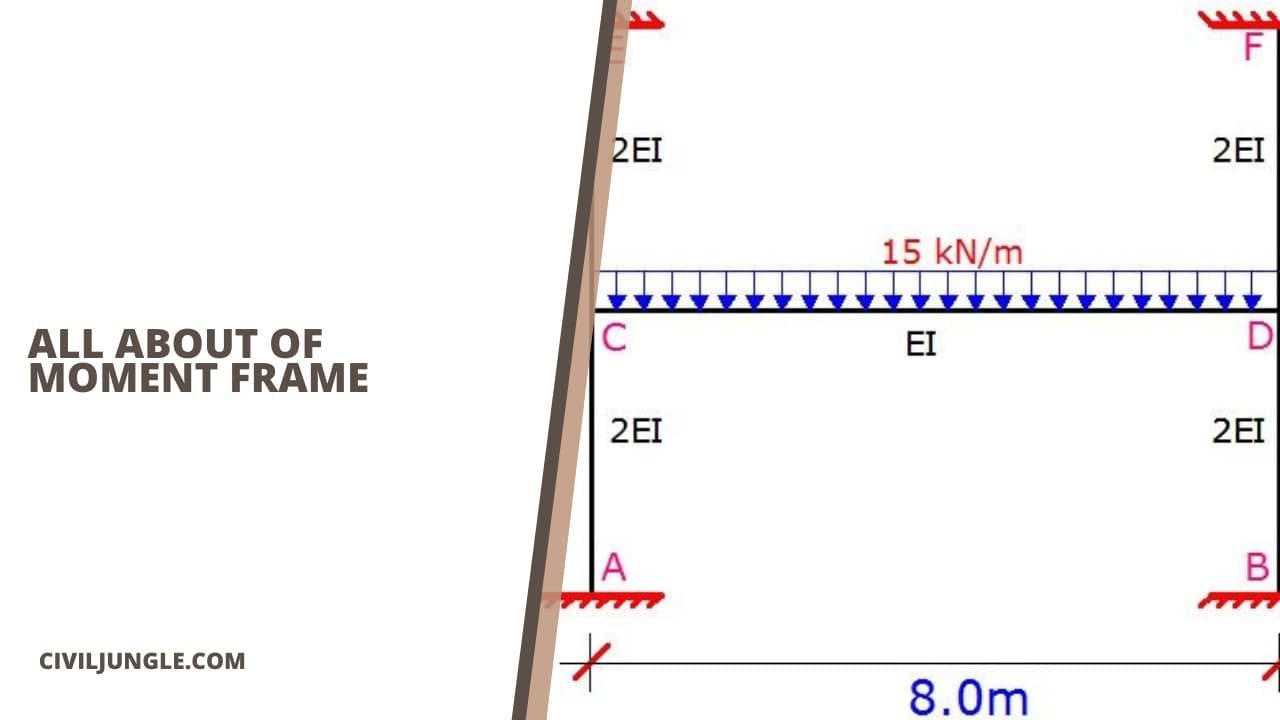
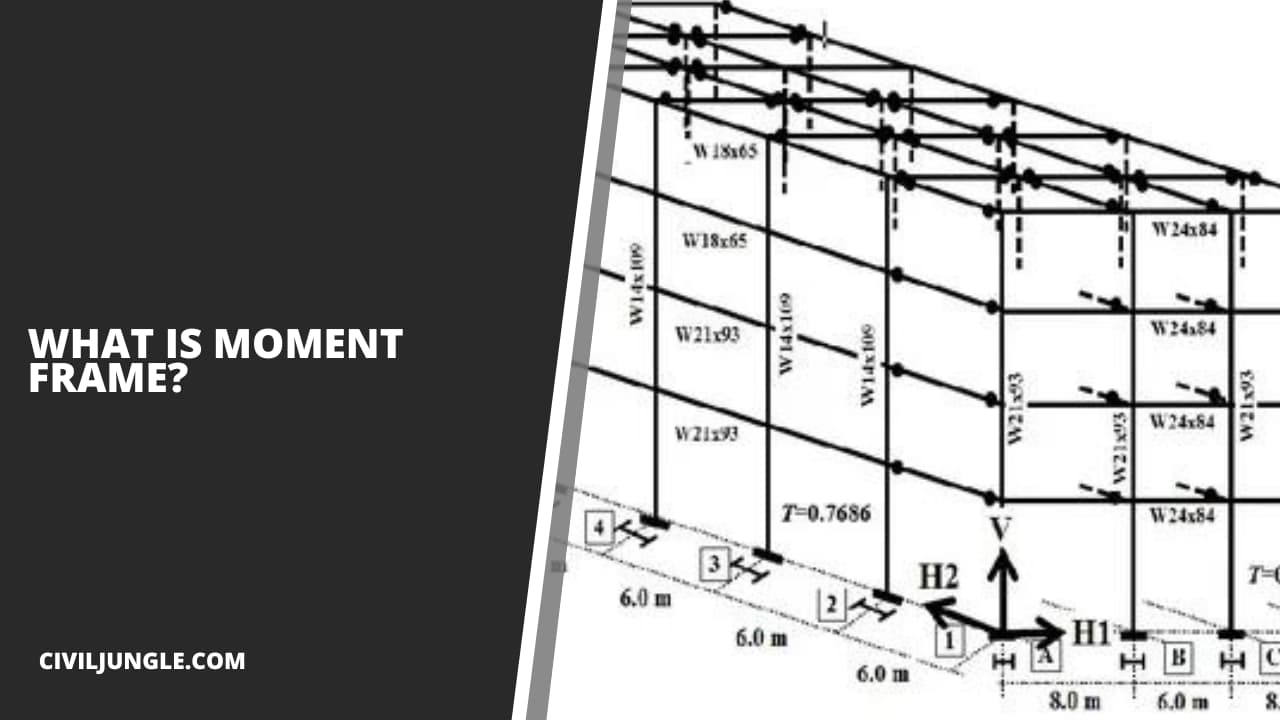
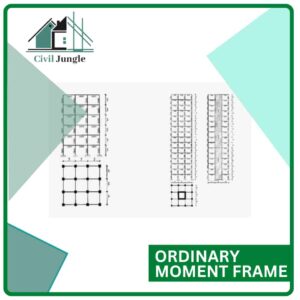
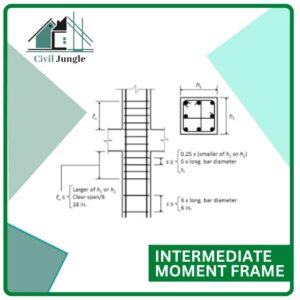
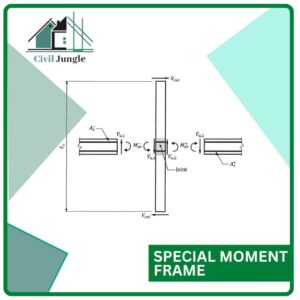

Leave a Reply